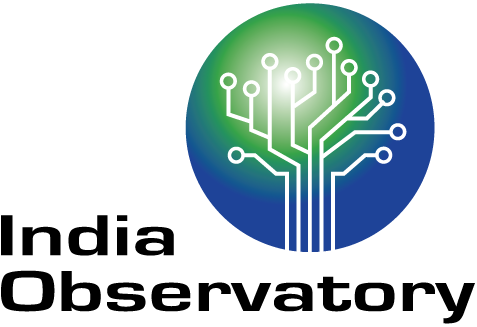The collated data will add to the rapidly growing database on the Groundwater Monitoring Portal, an open-access web platform, which is then used to generate visualisations of India’s water levels.
The data can be downloaded in an excel sheet for the village, block, state and national levels. The platform also allows users to visualise and download the data in the form of maps for easy comprehension.
This good quality, granular data improves access to information regarding groundwater status for all stakeholders, especially rural communities, aiding in informed decision making and facilitating the movement towards sustainable water usage. For instance, the data collected is able to point to “over-exploited” districts that are in dire need of assistance before full-scale drought potentially sets in. Data like this can be used to make local -level decisions as well as to inform policy and programmatic action around groundwater.
View Portal
